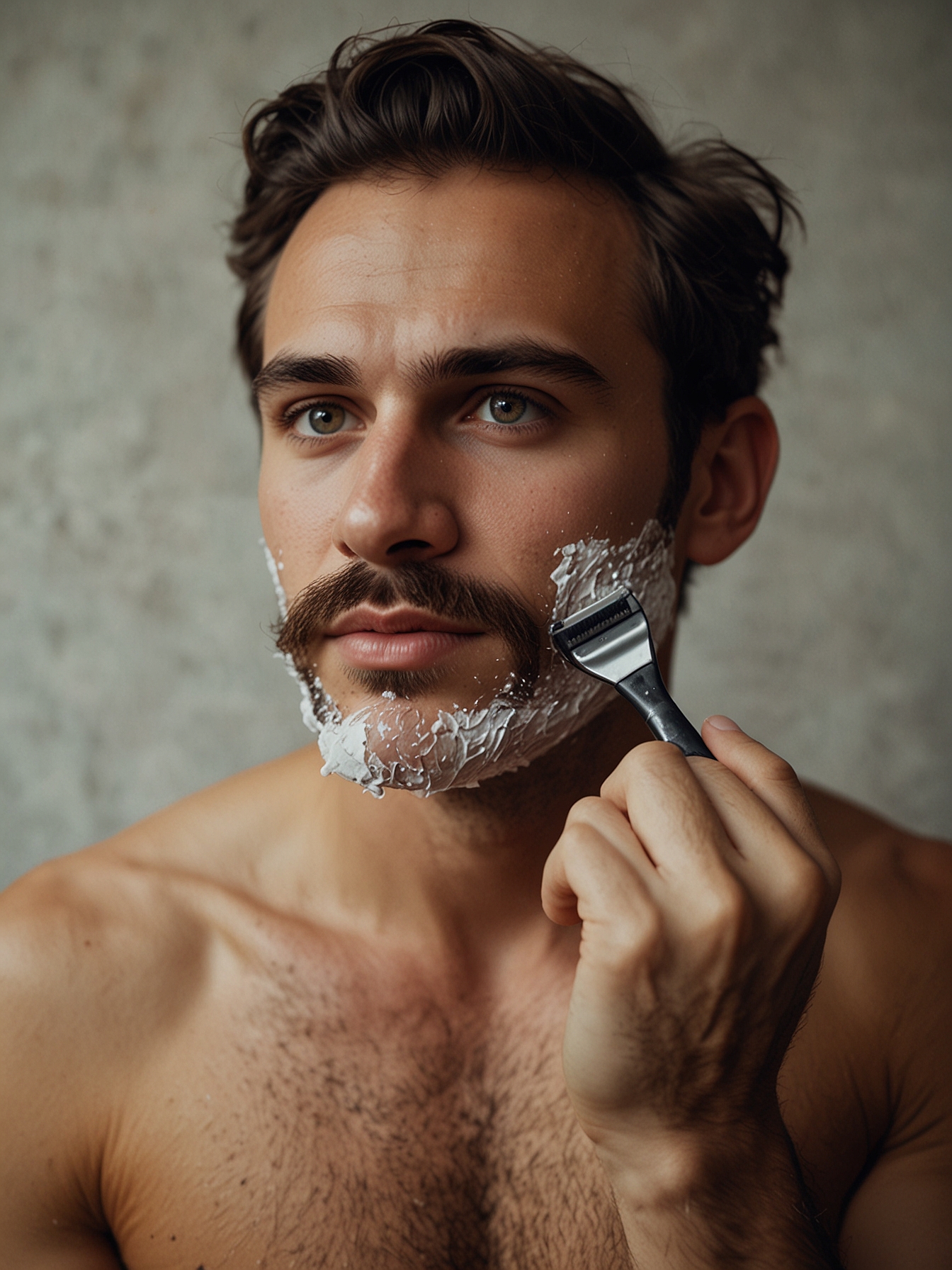
Market Gap in Shaving Products
Common Consumer Problems in Shaving
1. Razor Burn and Irritation
Description: Razor burn manifests as redness, burning sensations, and discomfort post-shave. It is caused by improper shaving techniques, dull blades, or shaving too closely.
Causes:
- Shaving with a dull blade or incorrect angle.
- Lack of proper lubrication.
- Shaving against the grain.
Research Links:
2. Dryness and Flakiness
Description: Shaving can strip the skin of its natural oils, leading to dryness and flakiness, especially in dry or cold climates.
Causes:
- Use of alcohol-based aftershaves.
- Shaving without proper moisturizing pre- and post-shave.
- Exposure to cold, dry air.
Research Links:
3. Razor Bumps and Ingrown Hairs
Description: Razor bumps, also known as pseudofolliculitis barbae, occur when shaved hair grows back into the skin, causing inflammation and bumps. This is common in individuals with curly or coarse hair.
Causes:
- Shaving too closely.
- Shaving against the grain.
- Hair texture and curl pattern.
Research Links:
4. Acne and Oily Skin
Description: Shaving can irritate acne-prone skin and increase oil production, leading to more breakouts and clogged pores.
Causes:
- Using non-comedogenic shaving products.
- Poor hygiene practices with razors.
- Use of heavy, pore-clogging aftershaves.
Research Links:
5. Sensitive Skin
Description: Individuals with sensitive skin are prone to significant irritation and adverse reactions from typical shaving products, resulting in redness, itching, and discomfort.
Causes:
- Harsh chemicals and fragrances in shaving products.
- Lack of gentle and soothing ingredients.
- Frequent shaving.
Research Links:
Market Gap
1. Lack of Comprehensive Solutions
- Fragmented Approach: Consumers often need to use multiple products from different brands, leading to inconsistent results.
- Single-Problem Focus: Products that address only one issue without considering the entire shaving process.
2. Inadequate Tailoring for Skin Types and Climates
- Generic Formulations: Products that do not cater to specific skin types or adapt to varying climate conditions.
- Overlooked Skin Concerns: Limited options for individuals with specific issues like curly or coarse hair.
3. Limited Natural and Safe Options
- Chemical Ingredients: Prevalence of synthetic chemicals and allergens.
- Demand for Natural Products: Growing consumer preference for natural, ayurvedic, and hypoallergenic products.
Conclusion
Consumers face a range of persistent issues with current shaving products, including razor burn, dryness, bumps, acne, and irritation. The market lacks comprehensive, tailored solutions that cater to different skin types and climates with natural, safe ingredients. Addressing these gaps presents a significant opportunity for better consumer satisfaction and loyalty.
Research Links Summary:
- Healthline on Razor Burn
- Mayo Clinic on Razor Bumps
- WebMD on Dry Skin
- American Academy of Dermatology on Skin Care
- American Osteopathic College of Dermatology on Razor Bumps
- NIH on Ingrown Hairs
- Acne.org on Shaving with Acne
- Journal of the American Academy of Dermatology on Acne
- National Eczema Association on Sensitive Skin
- Cleveland Clinic on Sensitive Skin
Existing Market Offerings
1. Pre-Shave Oils
Description: Pre-shave oils are used to prepare the skin and hair for shaving by softening the beard and creating a protective layer that allows for smoother razor glide.
Common Brands and Products:
- The Art of Shaving Pre-Shave Oil: Contains a blend of botanical ingredients like olive oil and castor oil to soften the beard and prepare the skin for a close shave.
- Truefitt & Hill Ultimate Comfort Pre-Shave Oil: Utilizes a mixture of sunflower, grapeseed, and avocado oils to hydrate and protect the skin.
Research Links:
2. Shaving Creams and Gels
Description: Shaving creams and gels are designed to provide lubrication and hydration during shaving, reducing friction and preventing razor burn.
Common Brands and Products:
- Cremo Original Shave Cream: Known for its unique, super-slick formula that minimizes irritation and leaves skin feeling smooth.
- NIVEA Men Sensitive Shaving Gel: Formulated with chamomile and witch hazel to soothe sensitive skin and prevent razor burn.
Research Links:
3. Aftershaves
Description: Aftershaves help to soothe and disinfect the skin post-shave, often containing ingredients that cool and hydrate the skin.
Common Brands and Products:
- Proraso After Shave Lotion: Contains eucalyptus oil and menthol to refresh and revitalize the skin.
- Baxter of California After Shave Balm: Features aloe vera and allantoin to calm and hydrate the skin post-shave.
Research Links:
4. Post-Shave Balms and Lotions
Description: Post-shave balms and lotions provide deep hydration and repair the skin barrier, particularly beneficial for dry or sensitive skin types.
Common Brands and Products:
- NIVEA Men Sensitive Post Shave Balm: Soothes and moisturizes the skin with chamomile and vitamin E.
- L’Occitane Cade After Shave Balm: Enriched with shea butter and birchwood sap extract to nourish and calm the skin.
Research Links:
5. Specialized Treatments
Description: These products target specific shaving-related issues such as ingrown hairs and razor bumps, often incorporating exfoliating and anti-inflammatory ingredients.
Common Brands and Products:
- Tend Skin Solution: Designed to reduce the appearance of razor bumps, ingrown hairs, and redness with a formula that includes acetylsalicylic acid.
- Jack Black Bump Fix: An exfoliating treatment with salicylic acid and lactic acid to clear clogged pores and prevent ingrown hairs.
Research Links:
Analysis of Market Gaps
Despite the wide range of products available, several market gaps remain unaddressed:
- Comprehensive Solutions: Many products address individual shaving issues but do not provide a complete regime covering pre-shave to post-shave needs.
- Tailored Formulations: There is a lack of products specifically formulated for different skin types (e.g., sensitive, oily, dry) and climates (e.g., dry, humid).
- Natural and Hypoallergenic Options: Although there are some natural products, there is still a significant demand for more hypoallergenic, all-natural formulations that avoid common irritants and allergens.
Conclusion
Current market offerings provide a variety of solutions for common shaving problems, but they often do not offer a holistic, tailored approach. Addressing these gaps with comprehensive, natural, and skin-type-specific products can meet the evolving needs of consumers and capitalize on the demand for safer, more effective shaving solutions.
References
- The Art of Shaving Pre-Shave Oil
- Truefitt & Hill Ultimate Comfort Pre-Shave Oil
- Cremo Original Shave Cream
- NIVEA Men Sensitive Shaving Gel
- Proraso After Shave Lotion
- Baxter of California After Shave Balm
- NIVEA Men Sensitive Post Shave Balm
- L’Occitane Cade After Shave Balm
- Tend Skin Solution
- Jack Black Bump Fix
Market Gap Analysis: Detailed Examination
1. Lack of Comprehensive Solutions
Current Scenario: Most shaving products on the market address specific steps in the shaving routine (pre-shave, shave, post-shave) but fail to provide a cohesive, end-to-end solution. Consumers often need to mix and match products from different brands to cover their entire shaving regimen, leading to potential compatibility issues and inconsistent results.
Market Need: A complete shaving system that seamlessly integrates pre-shave preparation, shaving, and post-shave care tailored for various skin types and concerns can offer a more consistent and effective shaving experience.
Research Insights:
- According to a study by Grand View Research, the men’s grooming market is expected to grow significantly, with a rising demand for comprehensive grooming solutions. This indicates a strong market potential for all-in-one shaving systems.
- Consumer reviews on various e-commerce platforms frequently highlight the hassle of piecing together a shaving routine from disparate products, suggesting a need for more cohesive solutions.
2. Tailored Formulations for Different Skin Types and Climates
Current Scenario: The majority of shaving products are designed with a one-size-fits-all approach, often failing to address the unique needs of different skin types (sensitive, oily, dry) and climatic conditions (humid, dry, cold).
Market Need: Products specifically formulated to cater to various skin types and environmental conditions can significantly improve the shaving experience. For example, people with sensitive skin may benefit from hypoallergenic products, while those in dry climates need more hydrating formulations.
Research Insights:
- A report by Mordor Intelligence highlights an increasing consumer preference for personalized grooming products tailored to individual needs and environmental factors.
- Dermatological studies, such as those published in the Journal of Cosmetic Dermatology, emphasize the importance of using products suited to specific skin types to prevent irritation and other skin issues.
3. Natural and Hypoallergenic Options
Current Scenario: While natural and organic grooming products are becoming more popular, there remains a scarcity of hypoallergenic options specifically designed to minimize allergic reactions and skin irritation. Many existing products still contain synthetic ingredients and potential allergens.
Market Need: There is a growing demand for completely natural, hypoallergenic shaving products free from common irritants such as synthetic fragrances, parabens, and sulfates. These products would appeal to consumers with sensitive skin and those looking to avoid synthetic chemicals.
Research Insights:
- A survey by Statista indicates a rising trend in the use of organic and natural beauty products, reflecting a broader consumer shift towards healthier and safer options.
- Research from the American Academy of Dermatology underscores the prevalence of skin allergies and sensitivities, highlighting the need for hypoallergenic formulations.
4. Addressing Specific Shaving-Related Issues
Current Scenario: While there are products aimed at common shaving issues such as razor burn, ingrown hairs, and irritation, many of these products treat the symptoms rather than preventing the problems from occurring in the first place.
Market Need: Preventative products that not only soothe but also actively prevent shaving-related issues would fill a significant gap. This includes innovative formulations and technologies designed to minimize friction, protect the skin barrier, and enhance hair removal efficiency.
Research Insights:
- An article in Harvard Health discusses the common problems associated with shaving and the limited efficacy of many existing products in addressing the root causes of these issues.
- The Journal of Clinical and Aesthetic Dermatology features studies on the effectiveness of different shaving products, often concluding that there is room for improvement in preventative care.
Conclusion
The current market offerings, while diverse, leave several gaps unaddressed. Consumers need comprehensive, tailored, natural, and preventative shaving solutions. Addressing these gaps can not only enhance the shaving experience but also tap into a growing market demand for more personalized and effective grooming products.
References

